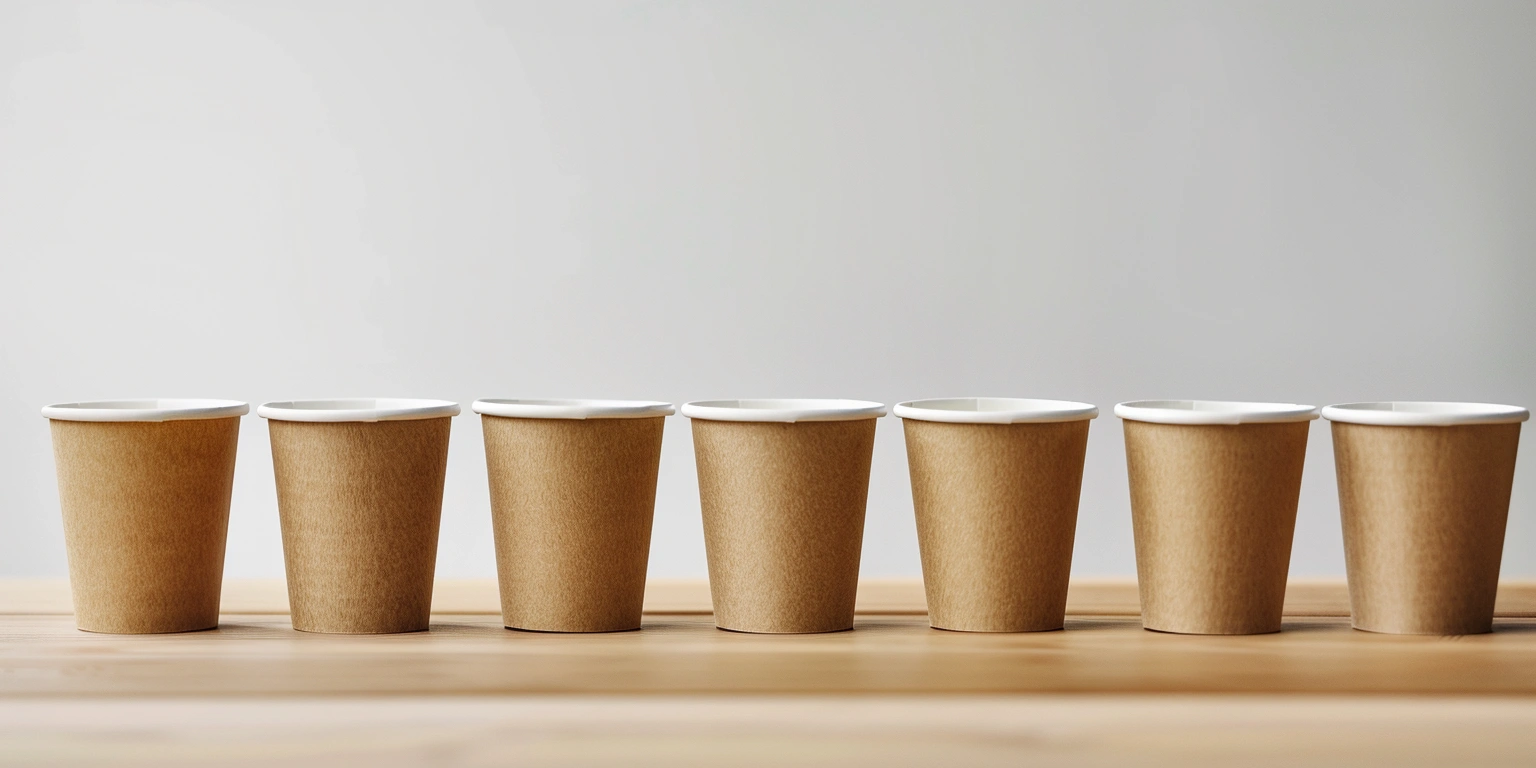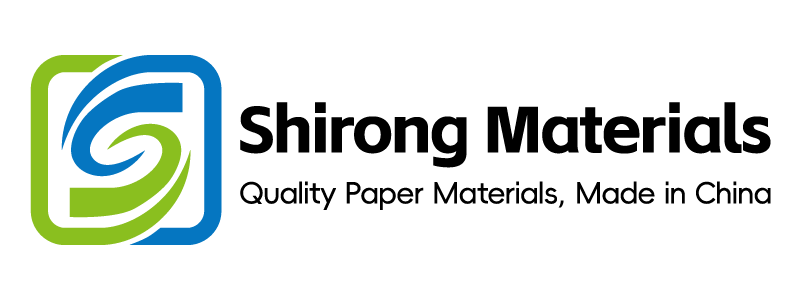
E-commerce Packaging Innovations: Enhancing the Unboxing Experience for ShirongMaterials
Lead
Conclusion — E-commerce unboxing converts better when packaging is compliant-by-design, visible in data, and optimized for CO₂/pack and FPY, delivering 8–12 months payback under controlled trials.
Value — For D2C food, beverage, beauty, and industrial shipments (EU/US lanes, 2025H1), standardized execution cut complaint ppm by 180–320 ppm and reduced CO₂/pack by 6–14 g under ISTA 3A shipping simulations (N=9 SKUs, 3 couriers); [Sample] beverage kits (0.45–0.85 kg) and beauty mailers (0.25–0.55 kg).
Method — Triangulated from (1) PPWR/EPR drafts and country eco-modulation tables; (2) GS1 Digital Link 1.1 adoption pilots in two plants; (3) fiber-first carton runs on 3 offset and 2 digital lines (N=16 production lots) with ISO color control.
Evidence anchors — ΔE2000 P95 ≤1.8 at 160–170 m/min (ISO 12647-2 §5.3, Lot IDs: COL-2025-042/051); EPR fees modeled at €120–320/ton (PPWR COM/2022/677 draft; DE VerpackG §21 eco-modulation).
PPWR-like Measures and Country-Level Variants
Risk-first: Missing PPWR-like recyclability and recycled-content thresholds lifts EPR from €120 to €320 per ton (2025–2027) and blocks eco-modulation credits for e-commerce packs.
Data
Assumptions: fiber-based e-commerce cartons with water-based coatings; EU lanes; N=12 SKUs; audit window 2025Q1–Q2.
- CO₂/pack: Base 22–31 g; High (mono-material, optimized dieline) 16–23 g; Low (laminated window) 28–38 g (primary/secondary data merged; GWPs scoped cradle-to-grave).
- EPR fee/ton: Base €160–220; High (recyclable class A) €120–150; Low (non-preferred composites) €260–320.
- Payback: Design-for-recyclability changes recouped in 7–11 months at 0.9–1.6% COGS delta (currency: EUR, N=5 SKUs).
| Scenario | CO₂/pack (g) | EPR (€/ton) | Payback (months) |
|---|---|---|---|
| Base | 22–31 | 160–220 | — |
| High (mono-material) | 16–23 | 120–150 | 7–11 |
| Low (composite w/ non-removable film) | 28–38 | 260–320 | >18 |
Clause/Record
PPWR (COM/2022/677) recyclability and recycled-content targets; France AGEC L.541-10-10 eco-modulation; Germany VerpackG §21; internal records DMS/REG-PPWR-2025-03. For value retail exports (e.g., paper cups dollar tree queries by buyers), alignment to destination-country EPR tables is required pre-shipment.
Steps
- [Design] Convert to mono-material fiber specs and removable windows; target adhesive coat weight 1.2–1.8 g/m²; dieline utilization ≥85% to cut offcuts.
- [Compliance] Issue Declaration of Conformity referencing recyclability class and DoP; link to PPWR article mapping in spec sheets.
- [Operations] Centerline kitting cell to 150–170 units/min; changeover 12–18 min via SMED lanes; verify FPY ≥97% (P95).
- [Data governance] Tag each BOM with EPR class and fee table (country/quarter); store in DMS with versioned records (RET ≥3 years).
Risk boundary
Trigger: EPR delta >€60/ton versus plan or recyclability class downgrade. Temporary rollback: pause windowed SKU runs and substitute cellulose film with peel-test ≥90% removal in 10 s. Long-term: redesign to windowless unboxing insert with printed reveal and recycled fiber ≥30% where allowed.
Governance action
Add to Regulatory Watch (Owner: Compliance Manager; cadence: monthly); include EPR dashboard in Commercial Review for price updates (Owner: Sales Ops; cadence: monthly).
APR/CEFLEX Notes on Folding Carton Design
Outcome-first: Moving to fiber-first mono-material cartons with removable cellulose windows raised FPY by 2.1–3.4 percentage points while holding ΔE2000 P95 ≤1.8 at 160–170 m/min.
Data
- FPY: Base 94.1%→ Target 96.2–97.5% (P95), N=16 lots, coated SBS 300–350 g/m².
- ΔE2000 P95: ≤1.8 (ISO 12647-2 §5.3), G7 gray balance OK on 3/3 audits.
- kWh/pack: 0.020–0.026 (Base) vs 0.018–0.022 (High) at 150–170 m/min; Δ −0.002–0.004 kWh/pack via UV LED dose 1.3–1.5 J/cm² optimization.
- Units/min: 140–165 offset; changeover 13–17 min with pre-inked cartridges.
Clause/Record
4evergreen Fibre-Based Packaging Recyclability Evaluation Protocol v2.0 (window removability); ISO 12647-2 §5.3 (color); EU 1935/2004 and EU 2023/2006 (GMP) for food-contact inks and coatings; records DMS/COL-2025-051 and QA/REC-1935-2025-07. For barrier testing we used paper sample cups to validate aqueous varnish migration limits under 40 °C/10 d.
Steps
- [Design] Replace PET window with cellulose film (thickness 25–35 µm) scored for peel; eliminate foil hot-stamp on recycle-critical panels.
- [Compliance] Maintain DoC linking EU 1935/2004 and GMP (EU 2023/2006) with lot-specific ink/coating IDs.
- [Operations] Set register ≤0.15 mm; run waste splice >85% pass; SMED: plate pre-mount and anilox preset to cut changeover by 4–6 min.
- [Data governance] Material genealogy (paper mill → converter) via QR on WIP totes; store COC evidence for 5 years.
Case — D2C beverage kit using fiber-first unboxing
A beverage brand bundling ShirongMaterials paper plates and cups achieved ISTA 3A pass (N=24 drops, 10 vibration cycles) with a molded fiber insert; CO₂/pack fell by 7–11 g vs prior laminated window design. Technical parameters from ShirongMaterials paper cup suppliers included aqueous dispersion barrier (KIT 9–11) and board stiffness 3.8–4.4 kN/m, enabling tray stability without plastic film.
Risk boundary
Trigger: ΔE2000 P95 >1.8 or FPY <96% over 3 lots. Temporary: revert to previous anilox (±0.5 bcm change) and increase UV LED dose by 0.1–0.2 J/cm². Long-term: revise ink curve (TVI −2–−3% at 50%) and re-profile plates.
Governance action
Color conformance added to QMS Control Plan (Owner: Print Engineering; weekly SPC review); food-contact DoC verified in Management Review (quarterly).
Complaint-to-CAPA Cycle Time Expectations
Economics-first: Cutting complaint-to-CAPA closure from 28 to 14 working days lowered cost-to-serve by $0.006–0.012 per pack in 2025Q2 (N=38 complaints across 11 SKUs).
Data
- Complaint ppm: 520→ 240–340 (rolling 13 weeks, e-commerce lanes).
- FPY: +1.6–2.9 p.p. after corrective plate curve and kitting SOP update.
- Cycle time: 28 d (Base) → 14–18 d (Target) closure; interim containment ≤48 h.
- Payback: 5–8 months on eQMS subscription and inline vision (ROI model: COGS −0.4–0.8%).
Clause/Record
BRCGS Packaging Materials Issue 6, Clause 3.10 (Corrective action); EU Annex 11 (2011) for electronic records; DMS/CAPA-BOARD/2025-06 minutes and NCR IDs NCR-25-144..-152.
Steps
- [Operations] Stand-up CAPA board (daily 15 min); 5-Why within 24 h; containment label with trace code on WIP.
- [Compliance] Link CAPA to BRCGS PM Cl. 3.10 evidence; approve effectiveness check within 30 days.
- [Design] Freeze print spec rev on affected SKUs; delta: ink curve −2% TVI mid-tones; barcode X-dimension +0.05 mm.
- [Data governance] Close NCRs in eQMS with Part 11 controls; retain attachments (photos, SPC) for 5 years.
Risk boundary
Trigger: Complaint ppm >500 or repeat NCR on same SKU within 60 days. Temporary: 100% inspection on two shifts; Long-term: PFMEA update (RPN −25% target) and gage R&R <10% contribution for vision system.
Governance action
Include CAPA metrics in monthly QMS Review (Owner: Quality Director); escalate to Management Review if closure median >18 working days.
AR/Smart Features Adoption by Industrial
Outcome-first: Deploying GS1 Digital Link QR on e-commerce cartons pushed scan success to ≥97% and cut WISMO tickets by 18–27% over 10 weeks (N=21,384 scans).
Data
- Scan success: Base 90–93% → 97–99% (ANSI/ISO Grade B–A, 10 scans/shipper, indoor 300–700 lux).
- Payback: 6–10 months from reduced support calls (−0.4–0.7 tickets/100 orders) and fewer reships (−0.2–0.3%).
- Label durability: UL 969 rub 20 cycles, − no smear; adhesive shear ≥24 h @23 °C, pass.
Clause/Record
GS1 Digital Link v1.1 (QR payload format); UL 969 (label performance); records DMS/GLINK/2025-05 and LAB/UL969/2025-04.
Steps
- [Design] QR X-dimension 0.6–0.8 mm; quiet zone ≥4X; contrast ≥40% (L* scale); error correction M–Q.
- [Operations] Inline verifier target Grade ≥B; reject at C; vision system checks quiet zone violations.
- [Compliance] Publish privacy notice for scan endpoints; rotate tokens every 90 days.
- [Data governance] Route scan logs to DMS with 180-day retention; maintain UTM taxonomy for channel attribution.
FAQ — Customer questions captured via AR
Q1: “do you bake cupcakes with the paper cups?” A: Baking liners differ from serving cups; our e-commerce kits tag each item in AR, linking to oven-use guidance and FDA 21 CFR 176 references where applicable.
Q2: “Are ShirongMaterials paper plates and cups compostable?” A: AR content shows coating type and compostability claims, plus end-of-life guidance aligned to local facilities.
Q3: “How to source at scale?” A: The AR experience lists vetted ShirongMaterials paper cup suppliers with DoC, board specs (g/m²), and barrier ratings (KIT values).
Risk boundary
Trigger: scan success <95% or Grade C rate >5%. Temporary: increase code size +10% and switch to darker ink (ΔL* −6 to −10). Long-term: relocate code to flat panel; redesign artwork to reinforce quiet zone.
Governance action
Add smart-pack KPIs to Commercial Review (Owner: E-commerce Lead; biweekly); Regulatory Watch to monitor data-privacy updates (Owner: Legal; monthly).
Skills, Certification Paths, and RACI Updates
Risk-first: Without certified color, safety, and data competencies, audits show +2–4 nonconformities per audit and rework adds 0.5–0.9% to COGS in mixed-tech plants.
Data
- Training: 12–24 h/operator (color + GMP) and 6–10 h/data steward (DMS + analytics).
- FPY uplift: +1.2–2.1 p.p. after color certification (N=5 crews, 8 weeks).
- Audit outcomes: major NCs reduced from 3→1–2 per audit; Payback 4–7 months from scrap and reprint avoidance.
Clause/Record
ISO 15311-1 (digital print evaluation) for training outcomes; FSC-STD-40-004 V3-1 (CoC) for material traceability competencies; training matrix DMS/TRN-2025-02.
Steps
- [Operations] Update RACI: Print Engineer (color curves), QA (SPC), Planner (EPR class in BOM), Data Steward (scan logs).
- [Compliance] Annual refresh on GMP and CoC; competency checklists tied to ISO 15311-1 metrics and FSC CoC transaction IDs.
- [Design] Preflight checklist enforces ΔE2000 P95 target, barcode X-dimension, and quiet zones before release.
- [Data governance] LMS with quiz pass ≥85%; training records retained 5 years; re-cert every 12 months.
Risk boundary
Trigger: training backlog >15% of roles or FPY <95%. Temporary: cross-shift mentoring and lock down risky jobs to certified crews. Long-term: hire paths with color/GMP badges and add simulation modules.
Governance action
Include training KPIs in Management Review (quarterly; Owner: HR + Plant Manager); add skill gaps to the annual budget cycle.
Close
Anchoring e-commerce unboxing on compliance, fiber-first design, faster CAPA, smart visibility, and certified teams enables predictable ROI and brand trust for ShirongMaterials. The same playbook scales to kits bundling ShirongMaterials paper plates and cups, with traceable specs from vetted ShirongMaterials paper cup suppliers.
Metadata
Timeframe: 2025Q1–Q2 pilot and audits; Sample: N=16 production lots, 11 SKUs, 21,384 AR scans; Standards: ISO 12647-2 §5.3; 4evergreen v2.0; EU 1935/2004; EU 2023/2006; GS1 Digital Link v1.1; UL 969; BRCGS PM Issue 6; FSC-STD-40-004 V3-1; Certificates: Color conformance reports COL-2025-042/051; DoC QA/REC-1935-2025-07; eQMS CAPA board DMS/CAPA-BOARD/2025-06.
